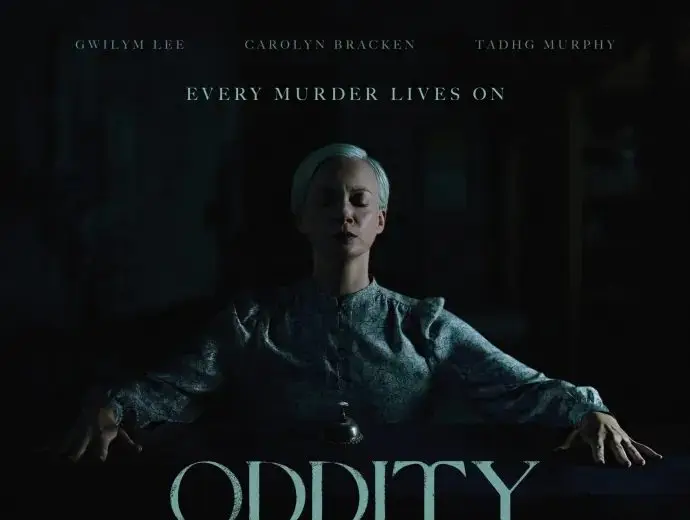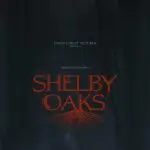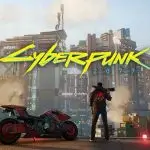This writeup will be half commentary on the financial state of the film industry and half review of Oddity. The review will be spoiler-free with references to some aspects of the film without delving into any plot points or giving away anything that hasn’t been established in the marketing or the first 15-20 minutes of the film.
//Hollywood Inflation
In the last number of years, making movies has become an arms race of who can spend the most money to spit out the most content in the shortest amount of time. Whether that be Marvel movies or other franchise fodder or even legitimately great cinematic experiences, the budgets on these films have ballooned to exorbitant amounts.
9 of the 10 most costly movies have been made in the past decade. In fact, out of the 60 most costly films of all time, 41 of them have come out between the years 2014 and 2023. Sure, there are aspects to consider such as rising costs across the board, larger crews as we integrate more elements into films than we ever did before, and so on. But the rise of these costs has hardly resulted in commensurately higher quality or even necessarily higher box office numbers.
For every Avengers: Endgame that costs $350 million to make and makes $2.8 billion in return, there is Indiana Jones and the Dial of Destiny which had a budget of $326 million and barely broke even on its production budget by raking in a relatively measly earnings of $384 million. If we were to account for a marketing budget as well, Collider estimated that it would have required $600 million to break even and $800 million to be considered a success.
With rising costs of even going to the movie theater and the proliferation of streaming options, the average audience member today has to make ever the more difficult choice to allocating funds to go watch a movie in theaters or stay home and consume the never-ending supply of movies and tv shows available at the tip of our fingers. The bigger the bet a studio makes by putting the equivalent of 9,300 people’s worth of average American salaries into a movie, the bigger the risk of not making that money back. This is a chief reason why more and more movies seem to be formulaic in order to appeal to the largest masses possible and to maximize the return on investment.
We’ve always had low budget movies coming out, especially in the horror genre. The Blair Witch Project cost $60,000 to make and even by 1999 standards, that was dirt cheap. In 1999, the theaters showed movies like Star Wars: The Phantom Menace (budget: $115 million), The Matrix (budget: $63 million), and Wild Wild West (budget: $170 million). Making a movie for less than the price of a house was still very far out of the ordinary 25 years ago. But I believe today, with the much larger amounts of money being spent on individual movies and returns of investment being so important, the scope for low budget films has actually gone up. Studios like Neon, which just picked up Chris Stuckmann’s Shelby Oaks which was made for a budget of under $2 million, and A24, which released the excellent Talk to Me last year with a budget of under $5 million, are blazing the path for opportunities for smaller films that have high concepts or great creative values to still find their place in the mess that is the current offering of media.
In just the past month, I’ve had the pleasure of seeing the excellent Longlegs, which boasts a budget of under $10 million, Shelby Oaks, and now Oddity. Although the budget for Oddity is not available, it is clear when you watch it that it was made on a very low budget. That is not to besmirch the quality of the film or how it looks; in fact, it looks fantastic. However, the film itself takes place in very limited locations with a tiny cast and little to no effects on display. This is writer/director Damian Mc Carthy’s second film after his debut Caveat, which was made for a budget of about $300,000. I’d gauge that Oddity probably had a higher budget than that, but I would not shoot too much higher.
Although I’ve chosen to focus on horror films as they are ripe for low budget concepts, if you look through the repertoire of the aforementioned studios, you’ll find plenty of low budget films across genres with one thing in common: they exude creativity. I do not love each one, but all of them are going for something unique in its own way that shows the vision and voice of its creators.
There is a bit of a chicken and the egg effect here where these concepts only get greenlit by studios at lower budgets, but I also think that the lower budgets are what bring out the real creative juices in these concepts. Without the resources of a much larger budget and staff, you have to be creative in terms of how to use CGI and special effects, location, lighting, and just every aspect of your movie altogether. Everything has to be meticulous and planned out in order to adhere to the shoestring (relatively) budget compared to huge shoots where they can touch things up in post and come back for multiple reshoots. This level of detail and craft leads to much more interesting things on screen for the audience, in my opinion, and this has been the calling card for many of the lower budget great horror movies we’ve gotten lately (I’ll throw Barbarian in that pile too, if you were looking for another suggestion).
Many of these creatives may start with the lower budget things in order to move up to make higher budget films, but the fact that this avenue exists is something we as audience members should encourage and seek out to make sure we continue getting interesting films that aren’t made to fit a box, but rather expand our horizons. Perhaps these experiences will lead to better higher budget movies down the line too. Take for example Fede Alvarez who made Don’t Breathe for about $10 million in 2016 and now he had the opportunity to make Alien: Romulus which will cost 6 to 7 times more, but he’s brought sensibilities from his lower budget days such as wanting everything to be as practical as possible rather than relying on CGI completely.
I, for one, will be seeking out more of these endeavours in my measly hope that perhaps Hollywood will get the message that we want things that are different and creative rather than eat the same old slop again and again. But that’s just me!
//Oddity’s Creative Choices
This section will be a SPOILER-FREE review of Oddity with references to certain aspects within the film, but no mention of plot points.
I had the opportunity to watch Oddity in a 1,000 people auditorium at Fantasia Film Festival. It was the closing film and it was a fitting end to a local festival that deserves a lot of attention. I will be attending every year now and look forward to what is on offer next year.
Oddity revels and excels in its simplicity. The film is purely about a woman trying to get to the bottom of her sister’s murder in suspicious circumstances. The story is that from beginning to end and never deviates from its one purpose. However, how do you build tension and suspense in something so straightforward? Of course, there are the horror classics of using the sound design and music to your advantage, which Mc Carthy does masterfully. There’s the use of camera angles where you are so close to the subject that you fear that behind the camera or just out of frame lingers something frightening. Again, an aspect that the director shows to be an expert at. Add to that, the editing and the fact that 80%-90% of this film takes place in a very old stone house, and you’ve got the makings of some of the best tense atmospheres I’ve seen in a while.
However, something that Mc Carthy really subverts in this film, and it’s part of the main premise of the movie and present in all its marketing, is that the scary thing in the movie is not unknown or lurking somewhere. It is upfront and present from early on in the film in the form of a large wooden dummy. We often think that fear and suspense comes from what we are waiting for and what we don’t know, but this film really challenges that notion by putting it in plain view and daring you to feel comfortable in its presence.
The final thing I will praise Mc Carthy for in this film is the use of editing in the film. Masterful editing can make a good movie great, but it can also make a bad movie awful. Editing won’t inherently make or break your film, but it can definitely augment it and the director has absolutely killed it. The movie makes perfect sense right from the beginning but once you see the information that it has withheld, it continues to make just as much sense while pulling you into the narrative without you even noticing how invested you got into the story.
All of the above elements are things that are just on the creative side. You don’t need a massive budget to do any of that, and Oddity shows how you can excel if you just have the right building blocks. It’s about what you do have and not about what you don’t.
I have absolutely no complaints about the movie and I highly recommend you check it out at the earliest opportunity! Just make sure you set the mood and give it your full attention.
.



